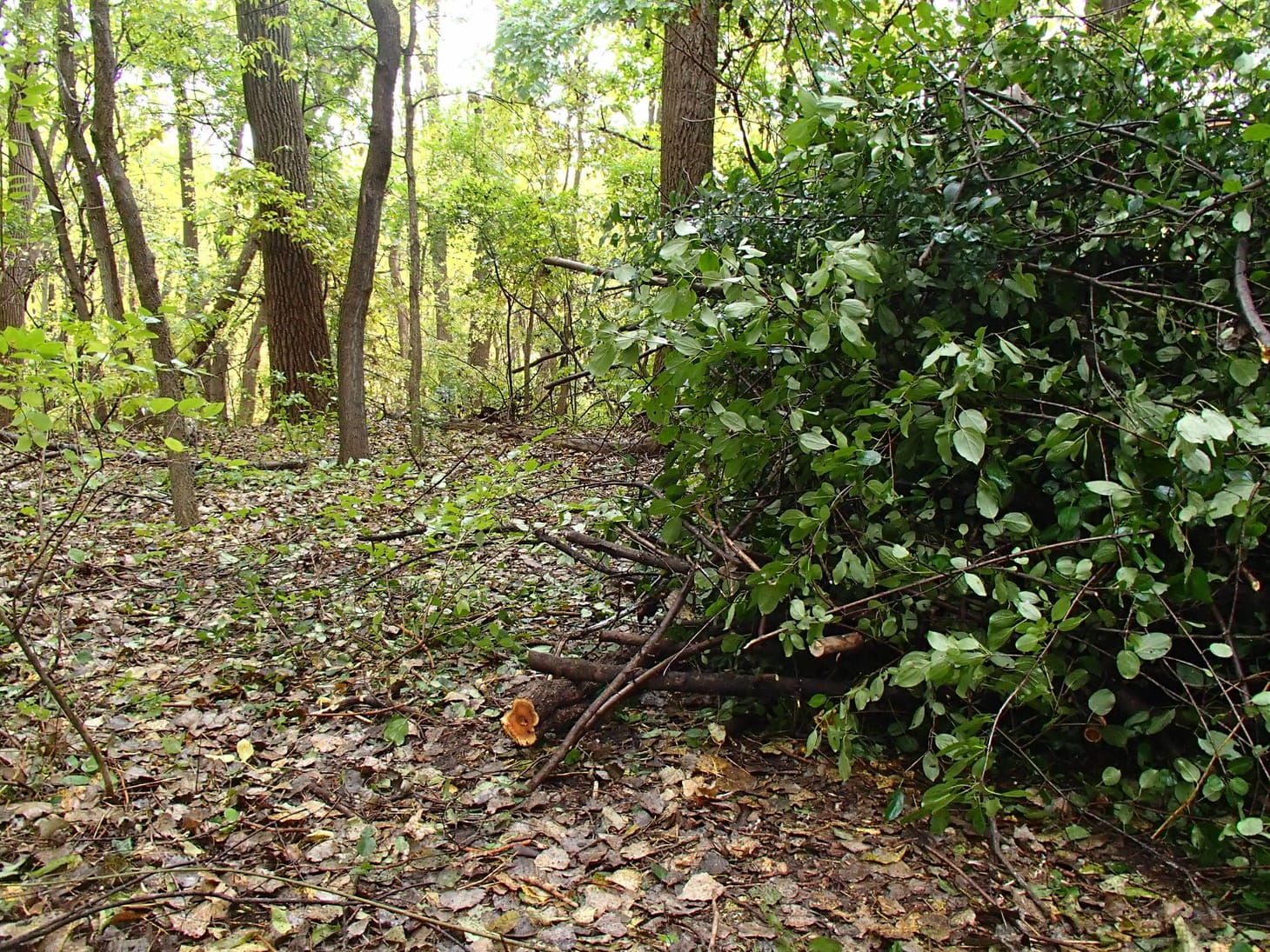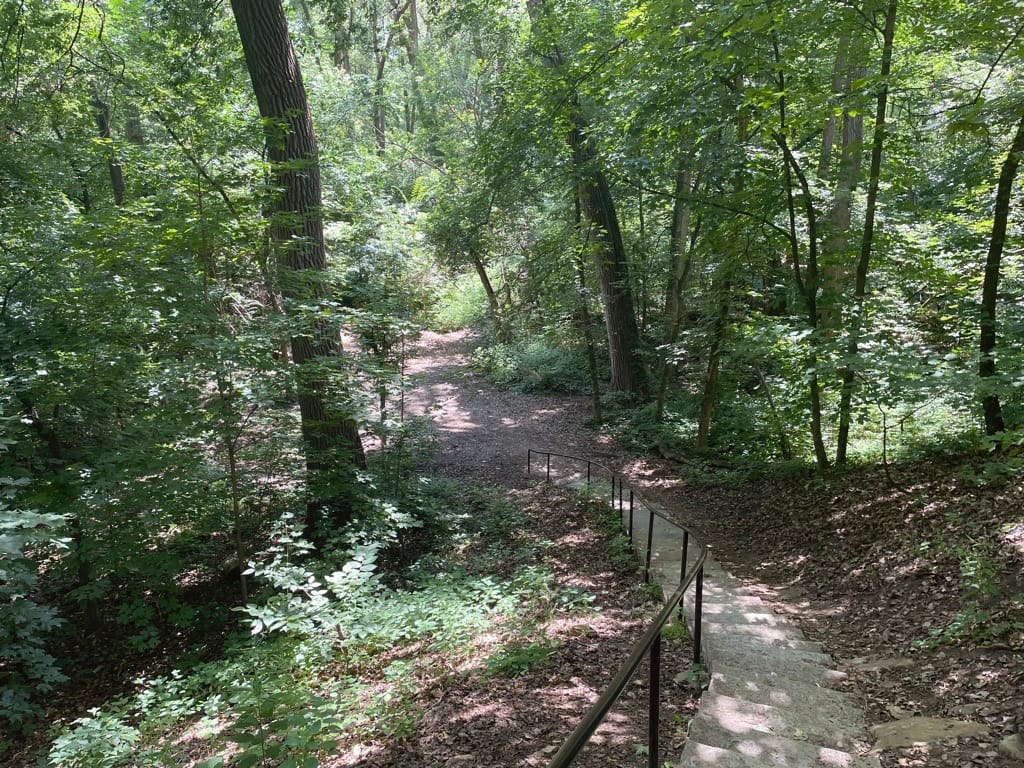🌳 What are those brush piles by the river?
They’re part of a largely successful push to rid the area of a buckthorn infestation.

As you’re probably aware, Longfellow’s stretch of river gorge — especially the area accessible by the stairwell at 34th Street known to ecologists as "the Longfellow Flats" or "the sand flats" — is one of the crown jewels of urban forest in the country: A striking floodplain forest dominating by towering cottonwood, silver maple, and green ash trees with views of hardly any manmade structures.
And not by accident. It’s taken decades of restoration and upkeep from volunteers, nonprofits, and public agencies to keep the forces that plague most urban forests at bay.

That effort continues this weekend with Earth Day cleanups around the city, including three along the neighborhood’s stretch of river. Ahead of those cleanups, I talked to Friends of the Mississippi River (FMR) Conservation Director Alex Roth about another major effort in the gorge — battling buckthorn — and how that connects to something you might’ve noticed on the flats the past few years: Big piles of brush scattered about.
Easing buckthorn’s grip on the forest
As in much of the state, buckthorn has long been one of the chief foes of ecological health in the Longfellow Flats. The invasive weed-slash-tree has wreaked havoc on forests since it escaped its origins as a privacy shrub and began ripping through the state in the 90’s, dominating the understory and crowding out most other plants and wildlife. Thinning out buckthorn in favor of diverse native flora is considered one of the lowest-hanging fruits for restoring the health of the gorge.
Subscribe to Longfellow Whatever.
Subscribe to Longfellow Whatever for news about the fine-grained details of life in Longfellow. (Frequently asked questions)
SubscribeAlready have an account? Log in


